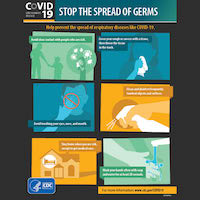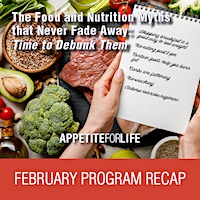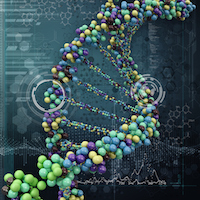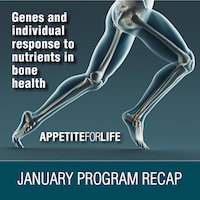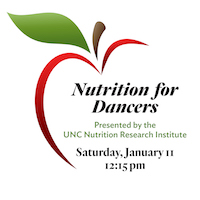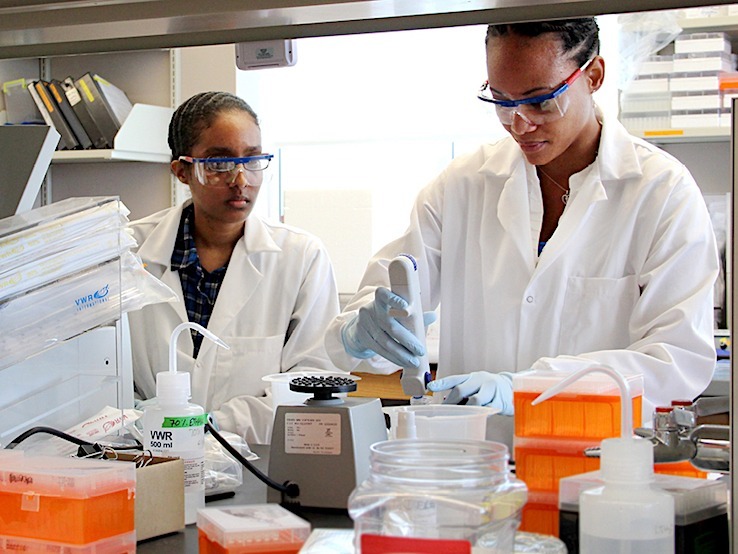News
Our research not only influences the scientific community, but the general public as well. We strive to share our discoveries with everyone. Read some of our latest articles on what is happening at the Nutrition Research Institute.
Carolina at the Forefront of COVID-19 Research
With gratitude, we recognize our colleagues at Carolina who are leading many areas of research around the COVID-19 pandemic. Because of their work, the University of North Carolina at Chapel Hill ranks highest among U.S. universities in coronavirus research. The...
Asparagus Quiche
Recipe by Chef Megan Lambert, Senior Instructor at Johnson & Wales University, Charlotte, NC. Asparagus Quiche Yield: 8 servings Springtime means beautiful fresh asparagus in the garden or at the farmer’s market. There is just no comparison between fresh spring...
Li Uses Metabolomics to Study Diabetes
Yuanyuan Li, PhD, a member of the Sumner Lab at the UNC Nutrition Research Institute (NRI), has been published in Archives of Toxicology with her manuscript titled “Exposure to inorganic arsenic and its methylated metabolites alters metabolomics profiles in INS-1...
Managing in an Uncertain Time
As the novel coronavirus COVID-19 affects all our lives, we at the Nutrition Research Institute are taking every measure to flatten the curve of infection by strictly following guidelines set down by the University, our local jurisdictions, and the state. According to...
Are All Fats Bad?
Following up on the popular Appetite for Life presentation by Cecilia Kwan, PhD, RD, in February, we present the first in a series of articles on popular myths about whether certain foods are good or bad to eat. For a long time in recent decades, dietary fat has been...
February AFL Program Recap: “Food and Nutrition Myths That Never Go Away: Time to Debunk Them”
February 26, 2020 – If you missed February’s Appetite for Life Presentation by Cecilia Kwan, PhD, RD, you can catch up. Click through to this post and watch the entire program on video. The live presentation took place at Rowan-Cabarrus Community College in Kannapolis on Thursday, February 19, 2020.
Precision (Personalized) Nutrition: Understanding Metabolic Heterogeneity
February 24, 2020 -People differ in their requirements for and responses to nutrients and bioactive molecules in the diet. Many inputs contribute to metabolic heterogeneity (including variations in genetics, epigenetics, microbiome, lifestyle, diet intake, and environmental exposure).
January AFL Program Recap: “Genes and Individual Response to Nutrients in Bone Health”
January 22, 2020 – If you missed January’s Appetite for Life presentation by Saroja Voruganti, PhD, you can catch up. Click through to this post and watch the entire program on video. The live presentation took place at Rowan-Cabarrus Community College in Kannapolis on Thursday, January 16, 2020.
Nutrition for Dancers @ Piedmont School of Music & Dance
January 22, 2020 – Kaylee Helfrich, a doctoral graduate student in the Smith Lab at the UNC Nutrition Research Institute as well as an accomplished dancer, gave a program on nutrition for dancers at the Piedmont School of Music and Dance in Kannapolis. The recipes from this program are available here for your cooking enjoyment!
Support the NRI
By donating to the Nutrition Research Institute, your money targets the root of most American disease. Our scientists focus on how our genes respond to food so that soon medical practitioners will be able to guide people in their health from childhood through old age. Our critical research depends on the generosity of people like you.




